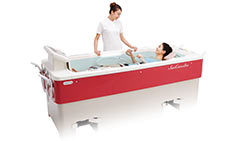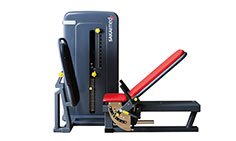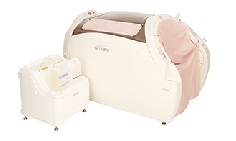Care Prevention
Care Prevention should not focus solely on improving individual factors such as motor function or nutritional status in the elderly. Instead, it should aim to enhance daily activities (functional abilities) and social participation (role abilities) through the improvement of physical and mental functions and the adjustment of living environments. This, in turn, helps older adults realize their personal value in life and improve their quality of life (QOL).
To improve elderly people’s daily functioning, it is equally important to enhance their mental state—such as confidence and motivation for activity—alongside improving physical mobility.
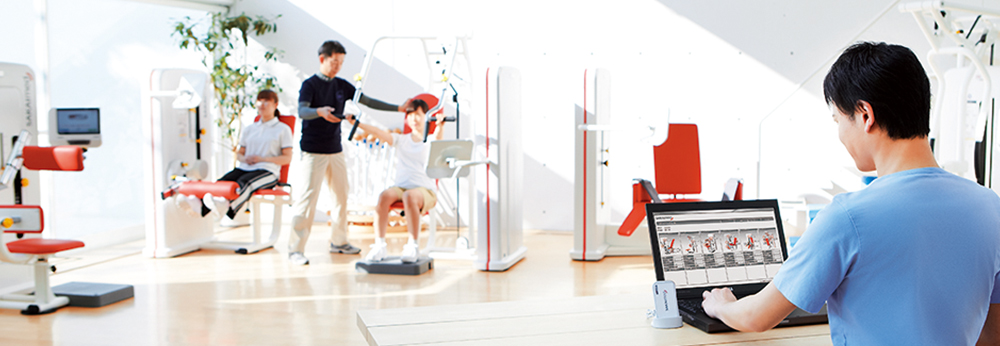
Functional Recovery Training – A Rehabilitation Method Designed for the Frail and Pre-frail Elderly
Functional Recovery Training is a rehabilitation method aimed at restoring diminished physical and mental activity caused by aging or structural disorders. It is based on strengthening the “physical capacity” required in daily life activities, enabling individuals to move with confidence and peace of mind, and ultimately aims for “behavioral change” to help them return to an energetic lifestyle.
Through targeted training, it enhances self-care ability and supports the recovery of a high-quality life (QOL).
Main Features
Rehabilitation Tailored for Aging
Functional Recovery Training focuses on restoring physical and mental activity that has declined due to aging or organic disorders. It aims to improve independence and recover a high quality of life (QOL). Developed in Japan by rehabilitation professionals, this device-based training method has already demonstrated significant results.
Low-Load Equipment Training
The equipment-based training is conducted with low load, activating unused muscles throughout the body. As a result, it enhances elderly people’s daily activity performance and physical strength (e.g., "able to walk comfortably") and improves mental drive (e.g., "feeling like going for a walk").
Rehabilitation That Leads to Behavioral Change
Improvements in physical ability and reduced fatigue lead to better physical endurance, which in turn transforms “self-awareness and self-concept,” boosting confidence and triggering behavioral change.
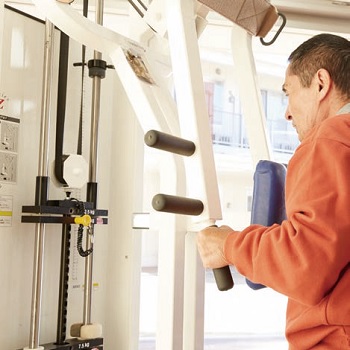
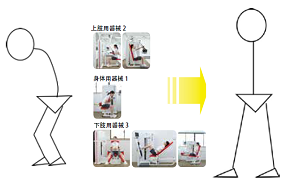
Activities of Daily Living
Functional training is repeated through simulation and practice of everyday activities.
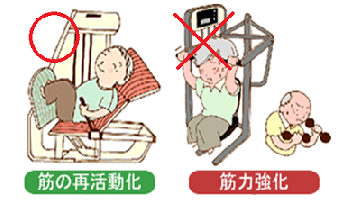
Non-strength-focused
Muscle-strengthening exercises are not suitable for elderly people with significantly reduced physical function, as they can be dangerous and ineffective. Functional Recovery Training avoids this by focusing on safer alternatives.
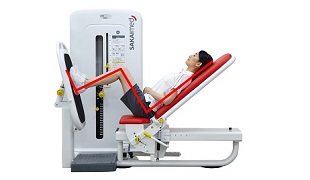
Posture and Rhythm Emphasis
In the 3–4 weeks after beginning training, the focus should be on correct posture and rhythm rather than the amount of load. These are the most important aspects to establish early on.
Effects of Functional Recovery Training
Physical Fitness Evaluation Results
Training guidance is provided based on numerical feedback and adjusted to the elderly person's real-life context. The benefits are not only visually evident but also experienced in their daily lives.
Simultaneous Improvement of Body and Mind
To truly improve an elderly person's life function, it is essential to enhance both physical flexibility and mental states such as confidence and motivation. Functional Recovery Training is a joyful and easy-to-follow method that revitalizes the gradually declining physical and mental condition caused by aging and illness. It uniquely improves not only physical abilities but also the desire to be active—this is the distinctive result that only Functional Recovery Training can achieve.
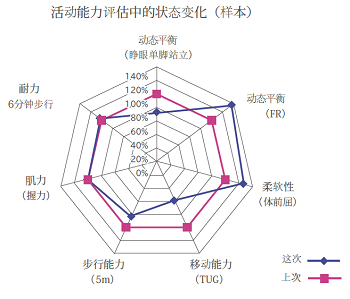
Training Process
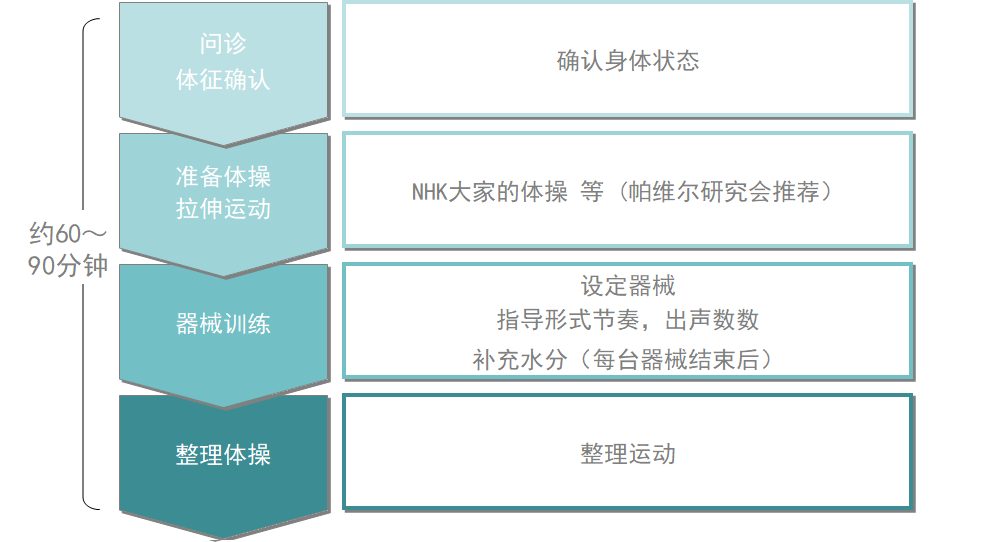
Required Items (for assessment tests)
Evaluation Items
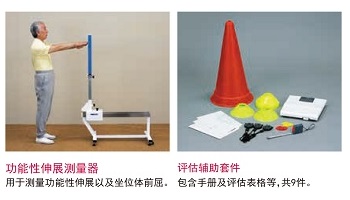
Stopwatch, Ruler, Chair, Cones
Warm-Up Exercises
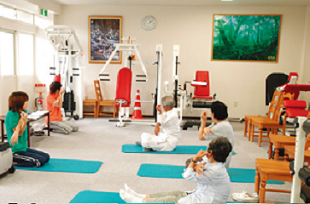
Necessary space, Training mats, Chairs, etc.
Training Equipment
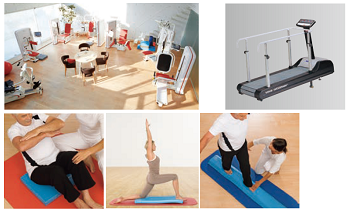
PRexer series equipment, PRstep, Power bicycle

